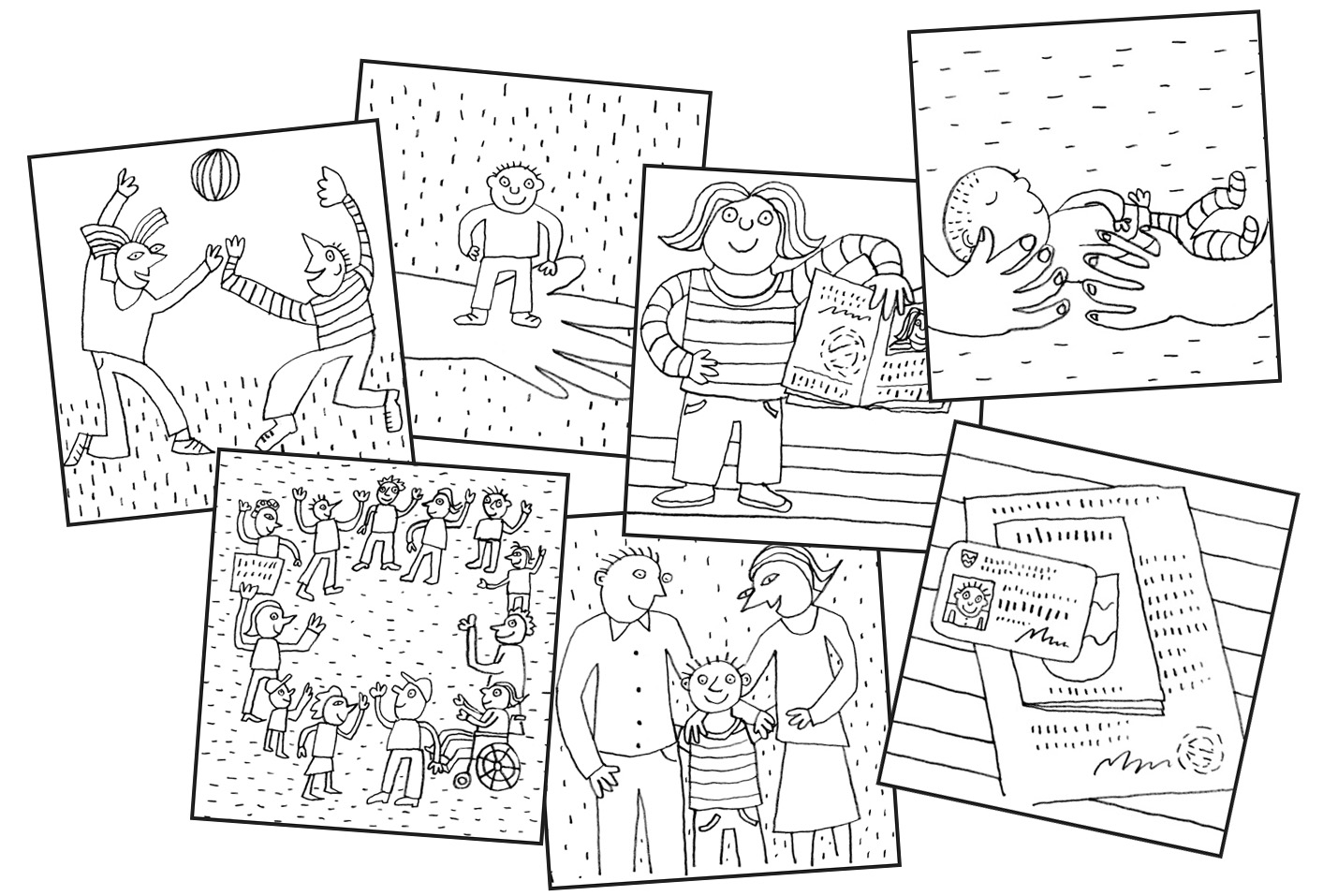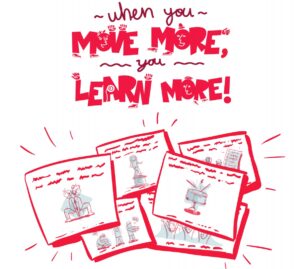Childrens’ rights cards
Home » Childrens’ rights cards
.

The illustrated Children’s Rights (Children’s Rights cards)
In the beginning, children’s rights were first and foremost a judicial instrument. In the school context however it is clear that each article should be understood and interpreted from the perspective of the target group. The children’s rights cards help to reach the goal of developing understanding and application of these rights. The cards can be used in different ways. Here are some examples:
- The illustration and text can be cut out together and folded and glued to make double-sided cards. In this way flashcards can be created. Pupils can test themselves or each other.
- Illustration and text can be cut out to make memory cards. In this way, pupils can learn the children’s rights while having fun playing a game.
- Illustrations can be cut out to and ordered to various criteria:
– They can be grouped into the four criteria (participation: the right to participate; fulfilling our potential: the right to personal development; living well: the right to survival; protection from harm: the right to protection).
– They can be grouped into categories of personal values: What is important in my life? Which questions are relevant for my country, my community, my school?
– Illustrations and other cuttings from magazines, newspaper articles can be collected to illustrate similar themes.
– Pupils can gain inspiration from these illustrations and draw their own illustrations for the children’s rights.
– Illustrations can be enlarged and coloured in by the pupils (and perhaps framed afterwards). They can then be used to decorate classrooms and school corridors.
– Illustrations can be combined with short descriptions of personal experience and made into small brochures.


